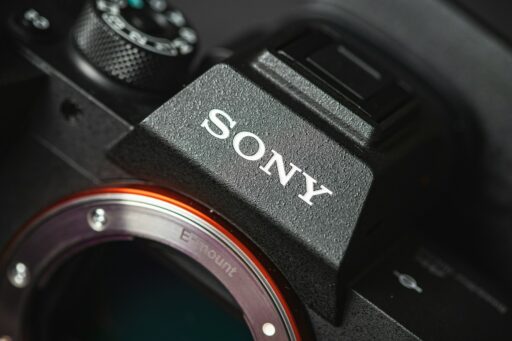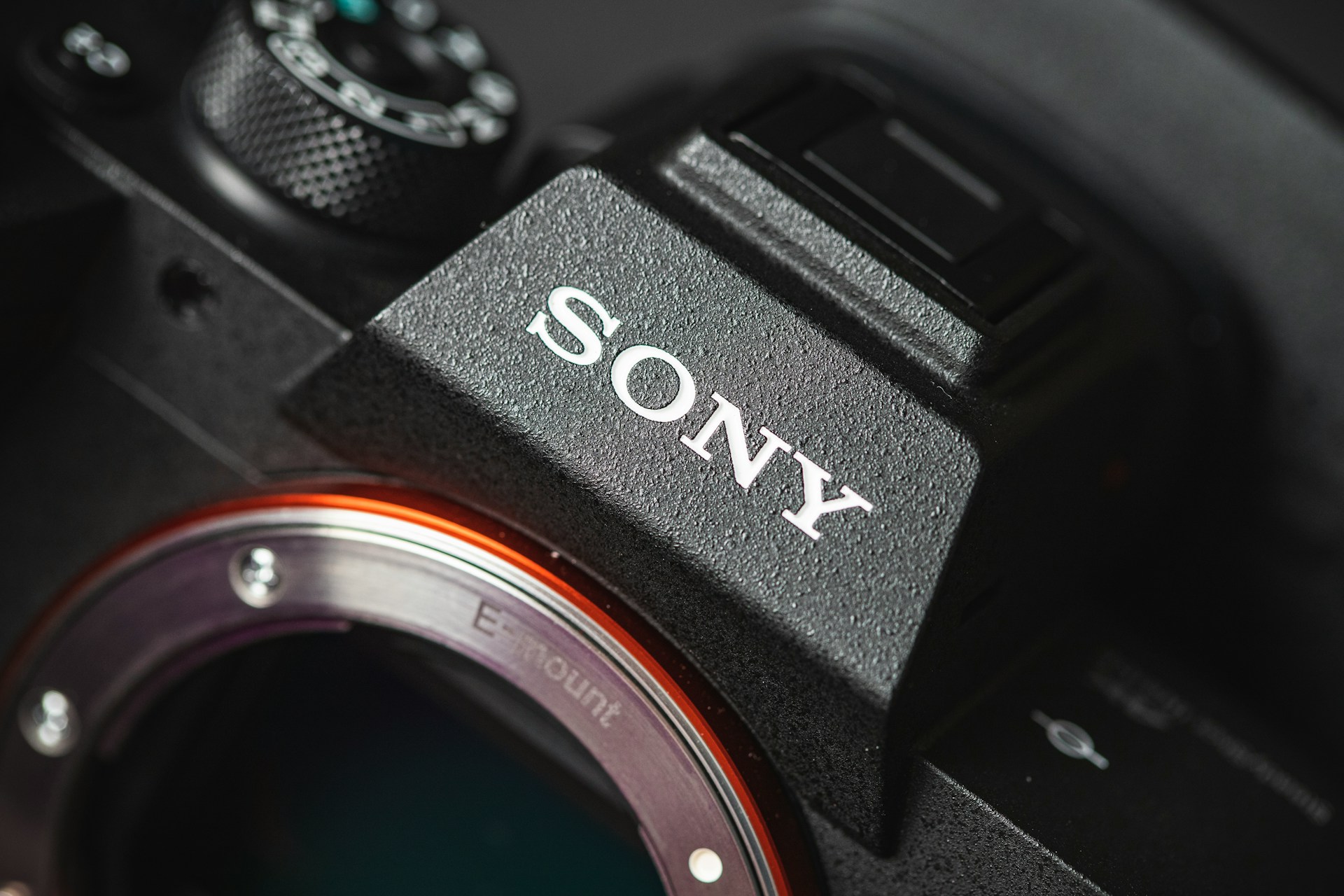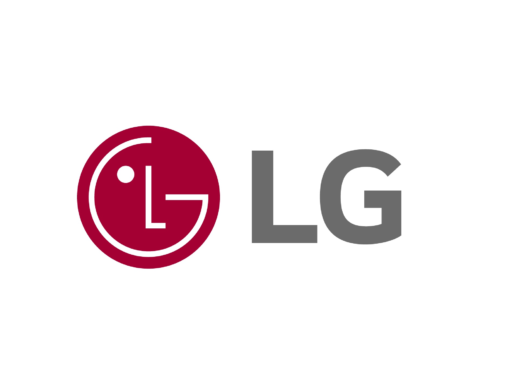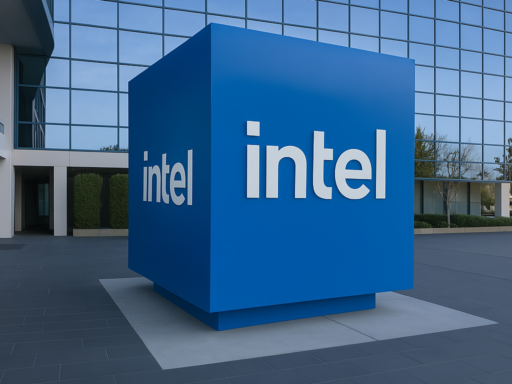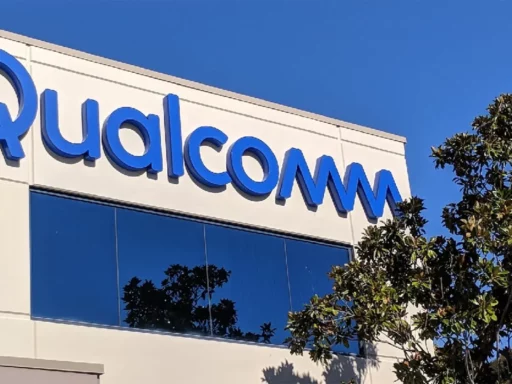Sony Corporation, a leading multinational conglomerate based in Japan, is known for its innovations across various industries, including electronics, gaming, entertainment, and imaging. Founded in 1946, Sony has become a household name through its iconic products like the PlayStation, Bravia televisions, and Sony cameras. The company’s commitment to sustainability is a vital aspect of its long-term strategy, as it strives to balance innovation with environmental responsibility.
Sony has set ambitious sustainability goals to reduce its environmental footprint and contribute positively to the global effort to address climate change. In recent years, Sony has increased its focus on sustainability across its entire value chain, from product design and manufacturing to supply chain management and consumer engagement. As of 2024, Sony continues to drive sustainability through energy-efficient products, renewable energy adoption, waste reduction, and the use of sustainable materials.
- Sony has committed to achieving carbon neutrality by 2050, reducing both direct and indirect emissions across its operations.
- The company has reduced its global greenhouse gas emissions by 35% since 2013, with plans to cut emissions further.
- Sony’s efforts in sustainable packaging have resulted in using 100% recyclable materials for the packaging of certain product lines.
Source: https://www.sony.net/SonyInfo/csr_report/
Sustainability Strategy and Goals
Sony’s sustainability strategy is centered around its commitment to environmental conservation, climate action, and sustainable innovation. The company aims to create products and technologies that contribute positively to society while minimizing environmental impact. Sony’s sustainability goals are aligned with the United Nations Sustainable Development Goals (SDGs), particularly SDG 13 (Climate Action) and SDG 12 (Responsible Consumption and Production).
The company has pledged to achieve carbon neutrality by 2050, encompassing both its direct operations (Scope 1) and its supply chain and product lifecycle emissions (Scope 3). Sony’s efforts include reducing energy consumption in manufacturing, increasing the use of renewable energy, and improving the environmental performance of its products throughout their lifecycle.
Sony is also committed to promoting the circular economy by extending the lifecycle of its products and utilizing recycled materials. The company aims to further reduce its waste output, and by 2030, Sony targets to have zero environmental impact across its entire value chain. In terms of sustainable product design, Sony is innovating to reduce the energy consumption of its products and improve resource efficiency.
- Sony aims to achieve carbon neutrality by 2050, with an interim goal to reduce Scope 1, 2, and 3 emissions by 50% by 2030.
- The company plans to reduce its environmental footprint by using sustainable materials and designing products with extended lifecycles.
- Sony has committed to zero waste to landfills in its global manufacturing operations by 2030.
Source: https://www.sony.net/SonyInfo/csr_report/
Key Sustainability Innovations and Technologies
Sony’s innovation in sustainability is reflected in its broad range of eco-friendly products and technologies. The company has introduced several energy-efficient products, including its Bravia line of LED televisions, which use advanced energy-saving technologies to reduce electricity consumption. Sony is also a leader in gaming sustainability, where the PlayStation 5 (PS5) is designed with energy-efficient hardware and low standby power consumption.
Sony is also at the forefront of circular economy initiatives in the electronics industry. The company has pioneered the use of recycled plastics in its products. For example, the PlayStation 5 uses recycled plastic materials in its casing, significantly reducing the carbon footprint associated with production. Additionally, Sony’s recycling programs enable consumers to return their old devices for responsible recycling, helping to reduce electronic waste.
The company is deeply invested in renewable energy, both in its operations and product development. Sony has expanded its use of solar power and other renewable energy sources at its manufacturing sites and has integrated clean energy into its global supply chain to reduce carbon emissions.
- Sony’s Bravia LED TVs use 40% less energy than traditional models, contributing to the company’s energy efficiency goals.
- The PlayStation 5 is made with up to 30% recycled plastics, reducing the need for new raw materials.
- Sony has implemented solar power installations at key manufacturing facilities, reducing energy consumption and contributing to a lower carbon footprint.
Source: https://www.sony.net/SonyInfo/csr_report/
Measurable Impacts
Sony has made significant strides in reducing its environmental impact through innovative products, operational efficiency, and energy savings. The company’s green product development initiatives have led to a substantial reduction in the environmental impact of its offerings. In 2023, Sony reduced its greenhouse gas emissions by 35% compared to 2013, surpassing its initial reduction target of 30% by 2025.
In terms of energy usage, Sony has made considerable progress in renewable energy adoption. As of 2023, over 50% of Sony’s global electricity consumption comes from renewable sources. The company has committed to further increasing this percentage to 100% by 2030. Sony’s efforts in waste reduction have also been impactful, with a significant decrease in operational waste across its manufacturing sites.
The company has also introduced sustainable packaging initiatives, with over 80% of its product packaging made from recycled or recyclable materials. Sony has actively worked to reduce plastic waste in its packaging and is exploring alternative eco-friendly packaging solutions.
- Sony has reduced greenhouse gas emissions by 35% since 2013, surpassing its 2025 goal of a 30% reduction.
- 50% of Sony’s global electricity comes from renewable energy sources, contributing to a significant reduction in carbon emissions.
- 80% of Sony’s product packaging is made from recycled or recyclable materials, helping to reduce plastic waste.
Source: https://www.sony.net/SonyInfo/csr_report/
Challenges and Areas for Improvement
Despite its significant achievements, Sony faces several challenges as it continues to pursue its sustainability goals. One of the key challenges is the environmental impact of its supply chain. While Sony has made strides in reducing emissions from its operations, managing emissions across its extensive global supply chain remains a challenge. The company has committed to working with suppliers to improve sustainability practices, but scaling these efforts across its global network is a work in progress.
Another challenge lies in the recycling of electronic products, particularly the recycling of lithium-ion batteries used in its electronic products. While Sony has implemented a product recycling program, increasing the efficiency of its battery recycling processes and ensuring that materials are repurposed effectively remains a significant challenge for the company.
Additionally, while Sony is committed to renewable energy adoption, expanding the use of renewable energy in its emerging market operations remains an area of improvement, particularly in regions where renewable energy infrastructure is still in development.
- Sony is working with its global suppliers to reduce emissions by improving energy efficiency and adopting renewable energy.
- The company aims to improve battery recycling rates by 25% by 2025 to support the circular economy.
- Sony plans to expand its use of renewable energy across its emerging market operations by 2030.
Source: https://www.sony.net/SonyInfo/csr_report/
Future Plans and Long-Term Goals
Sony’s long-term sustainability goals focus on achieving carbon neutrality by 2050 across all operations and its supply chain. In the next five years, the company plans to reduce its carbon emissions by 50% and expand its use of renewable energy to 100% across all global facilities by 2030. Sony also aims to increase the efficiency of its products, reducing energy consumption through advanced designs and innovations.
Sony is focused on eco-friendly packaging and further reducing plastic usage in its products. The company plans to develop biodegradable alternatives to traditional packaging materials by 2027, further contributing to its waste reduction goals. In terms of product design, Sony plans to implement more circular economy principles, with an increased focus on recycling and repurposing materials in future product lines.
- Sony is working toward achieving 100% renewable energy across all operations by 2030, with a focus on expanding clean energy usage globally.
- The company plans to reduce carbon emissions by 50% by 2030 and achieve net-zero emissions by 2050.
- Sony aims to use 100% recyclable or biodegradable packaging in all of its products by 2025.
Source: https://www.sony.net/SonyInfo/csr_report/
Comparisons to Industry Competitors
Sony’s sustainability efforts are competitive with other major technology companies, such as Apple, Samsung, and Microsoft, which have also committed to reducing their environmental impact. While Apple and Microsoft have made significant strides in areas such as carbon neutrality and renewable energy, Sony distinguishes itself through its commitment to sustainable product design, circular economy principles, and its eco-friendly packaging.
Key Competitors:
- Apple: Apple has committed to carbon neutrality by 2030 across its entire supply chain and has implemented sustainable material sourcing and energy-efficient product designs.
- Samsung: Samsung has set goals to achieve carbon neutrality by 2050 and is focused on reducing energy consumption and waste in its manufacturing processes.
- Microsoft: Microsoft has committed to being carbon negative by 2030, focusing on reducing emissions and investing in carbon removal technologies.
- Apple plans to reach carbon neutrality by 2030, with a focus on renewable energy and sustainable materials.
- Samsung aims to achieve carbon neutrality by 2050, with a focus on energy-efficient products and circular economy practices.
- Microsoft plans to be carbon negative by 2030, with a strong emphasis on carbon removal and sustainable operations.
Source: https://www.apple.com/environment/, https://www.samsung.com/us/sustainability/, https://www.microsoft.com/en-us/sustainability
Our Thoughts
Sony’s commitment to sustainability is evident in its ambitious goals, innovative products, and operational strategies. The company’s efforts to reduce its carbon emissions, improve product efficiency, and lead in sustainable product design position it as a key player in the tech industry’s shift toward a more sustainable future. With continued investment in renewable energy, eco-friendly packaging, and circular economy initiatives, Sony is well on its way to meeting its long-term sustainability targets.
While challenges remain, particularly in scaling its efforts globally and improving battery recycling, Sony’s comprehensive approach to sustainability provides a model for other technology companies to follow. As Sony continues to innovate and integrate sustainability into its core business practices, its environmental impact will continue to decrease, helping to shape the future of responsible technology.

